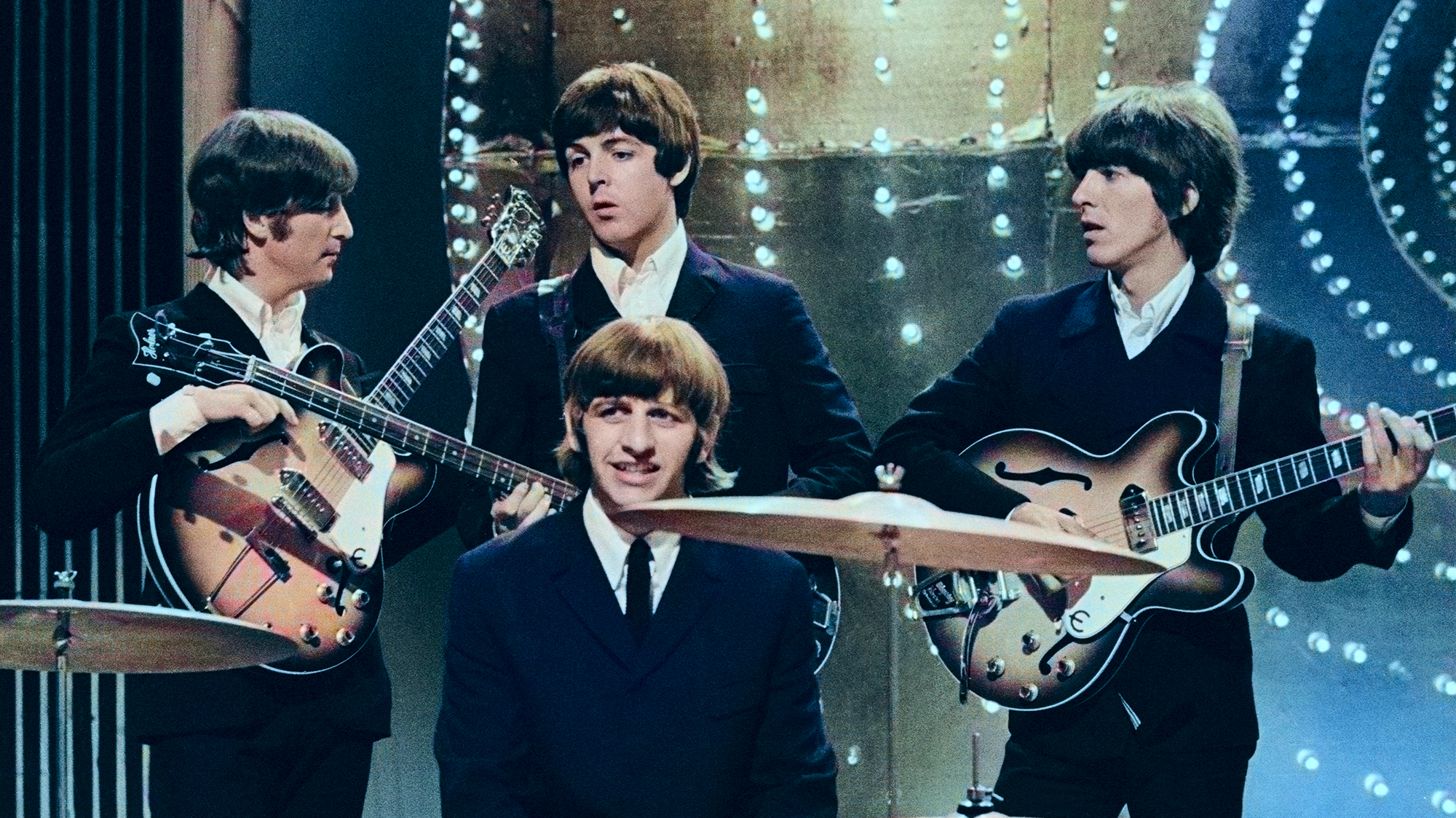"It's a testament to Les Paul's influence and a chance to understand the origins of one of the most important guitars in history.” Les Paul's experimental solidbody guitar lives again in an exacting replica of his Klunker
Paul's former tech put 60 years of experience into his re-creation to underline its cultural significance

Before Les Paul lent his name to Gibson's iconic solidbody electric guitar, his trio of Klunker guitars were vital guinea pigs in his guitar-making experiments.
Now luthier Tom Doyle has completed his exacting replica of Pauls' first Klunker and plans to use it as an educational tool to underline the instrument's significance to the development of solidbody guitar design.
As Les Paul’s luthier and guitar tech for 45 years, Doyle was the man he relied on "to make his guitars whole again after he chopped them to pieces in has mad pursuit of that sound in his head,” per Doyle's website. He's re-created the Klunker through years of research to provide a deep look into the electric guitar's early development.
Created in the 1940s, the three Klunkers, along with Paul’s other solidbody prototype, the Log, helped Paul study solidbody electric guitar design and prove its worth. The third Klunker was built in 1942 and featured doors on its back so Les Paul could easily tinker with its wiring configuration and homemade, hand-wound pickups. It even had faux f-holes so the guitar didn’t stray from the designs of the time.
The Klunkers helped Paul perfect his design and convince Gibson to buy into his idea, which ultimately resulted in the Les Paul model, released the Les Paul in 1952.

But it might have come about sooner if Leo Fender had his way. A recently unearthed interview with Les reveals that the Fender founder was eager to invest in his concept.
“At that time Leo wanted me to be partners with him, for it to be the Fender guitar: the Les Paul Fender,” Paul said. Despite Fender's interest, Paul held out for a deal with Gibson ‚ they rejected him multiple times over the years — because he didn't like that Leo Fender wasn't a guitarist.
Get The Pick Newsletter
All the latest guitar news, interviews, lessons, reviews, deals and more, direct to your inbox!
“I thought, if I'm gonna do this I'm going to go with the biggest company in the world: Gibson,” he said. “Why should I fool around with some guy who is not a musician? I should go to the Gibson people.”
Fender still had a role to play in the instrument’s legacy. It was only when Fender released its first solid-body electric guitar, the Broadcaster (now the Telecaster) in 1951 that Gibson agreed to work with Les Paul.

Doyle plans to show his Klunker in workshops around the U.S. to discuss solidbody guitar design and the guitar's historic significance.
“The Klunker is not just a piece of musical equipment; it’s a symbol of innovation and creativity,” Doyle says. “By recreating this historic guitar, we’re able to shed light on the origins of the Gibson Les Paul and the vision that drove its development. This replica is a testament to Les Paul's influence and a chance for new generations to understand the origins of one of the most important guitars in history.”
A freelance writer with a penchant for music that gets weird, Phil is a regular contributor to Prog, Guitar World, and Total Guitar magazines and is especially keen on shining a light on unknown artists. Outside of the journalism realm, you can find him writing angular riffs in progressive metal band, Prognosis, in which he slings an 8-string Strandberg Boden Original, churning that low string through a variety of tunings. He's also a published author and is currently penning his debut novel which chucks fantasy, mythology and humanity into a great big melting pot.
"We tried every guitar for weeks, and nothing would fit. And then, one day, we pulled this out." Mike Campbell on his "Red Dog" Telecaster, the guitar behind Tom Petty & the Heartbreakers' "Refugee" and the focus of two new Fender tribute models
“A good example of how, as artists, you have to blindly move forward with crazy ideas”: The story of Joe Satriani’s showstopping Crystal Planet Ibanez JS prototype – which has just sold for $10,000











